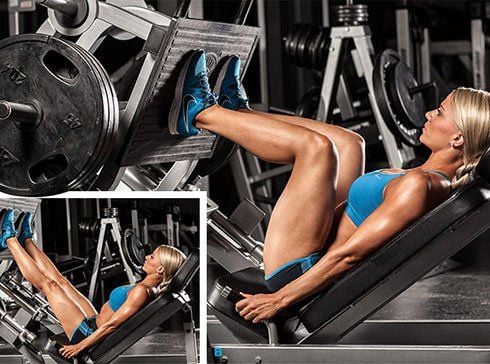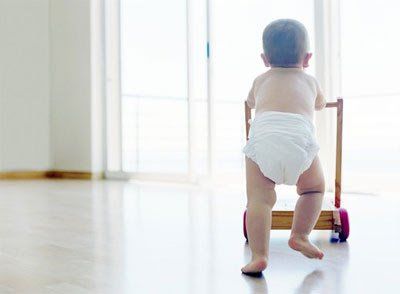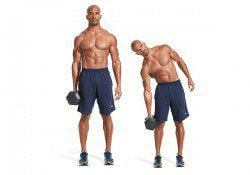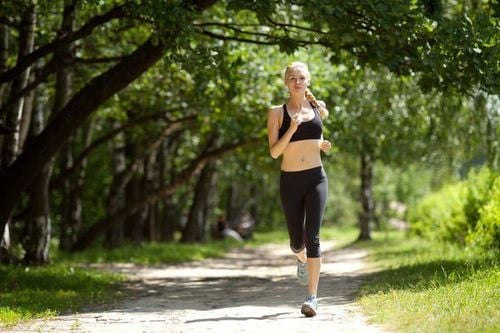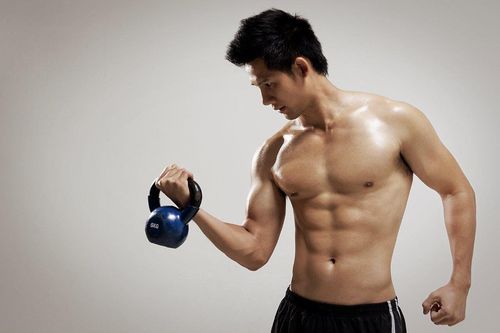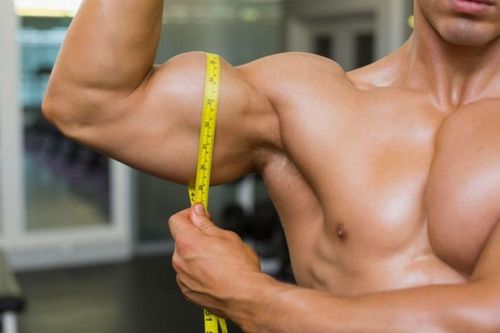This is an automatically translated article.
Strengthening leg muscles will make climbing stairs, cycling, even walking easier. Legs and especially thighs have a lot of muscle mass, so building leg muscle through resistance training will help you burn calories even when you're sitting still.
1.The effect of building leg muscles
No matter who you are and what industry you are active in, feet are involved in most daily activities. The legs are the largest muscle group, supporting and helping the body move and they are basically the foundation of the body.
As you age, the body begins to lose muscle and flexibility decreases. This may be the result of decreased activity or a joint disorder. But to keep your legs strong and avoid losing too much muscle as you age, you need to do more than just walk. It's important to incorporate strength training and functional movements into your workouts so you can maintain or increase muscle mass, improve balance, coordination, and reduce any joint pain.
Elderly people should do muscle strength training 2 to 3 days per week, focusing on all major muscle groups in each training session, especially leg muscle groups. With proper training and stretching, you will see an increase in muscle strength and flexibility.
Building leg muscle not only helps increase resting metabolic rate, but it also helps increase the strength of an important muscle group. The data show that we lose more strength in the lower extremities than in the upper extremities. It's important for anyone working out to incorporate a variety of muscle groups, but especially in the lower extremities because leg and ankle strength is so important to balance.
Ben F. Hurley, PhD, professor of physiology at the University of Maryland, says everyone, regardless of sedentary age or age, can benefit from muscle strength training. Within 2 months, we can reverse 3 to 4 decades of loss of strength with leg strength training.

Sức mạnh của đôi chân rất quan trọng với sự cân bằng của cơ thể
2. Exercises to build leg muscles
2.1 Squats Squats are the most functional exercise you can do to strengthen your hips, glutes, and quads. Using the extra help of a stability ball while doing a wall squat will help perfect your technique as the stability ball adds cushioning to your lower back and guides you to what level of squat you should be.
Squats must be performed carefully to avoid knee injuries. The basic squat involves holding a barbell over your shoulders behind your neck and lowering your torso a few inches by flexing your legs. Avoid lowering your whole body when doing squats as it will put too much pressure on the knees.
Squats can be done without weights simply by standing with your back against a wall. Just lower yourself a few inches by bending your legs and standing up.
A safer way to do the squat is to train with a squat machine. This exercise requires you to sit or lie with your legs against a platform connected to a stack of dumbbells. When practicing, the weight stack will be lifted. Avoid over-extending your legs as that can cause injury. Repeat this exercise 8 to 12 times, until your legs feel tired. When you can do more than 12 reps, increase the weight.
2.2. Lunges Work and build your thighs by sitting with your knees bent, feet locked behind a bar attached to a stack of dumbbells. As you pull forward with your calves, the thigh muscles move. Similar to it is working out the hamstring muscles on the back of the thigh. Lie facedown on a bench and hook your heels under a bar. As you bend your legs, pull the bar up.
Lunge exercises are a safe and effective method for the legs. Hold a dumbbell in each hand with palms facing body. Step forward with your arms at your sides, parallel to your body, and bend your front leg's knee with your weight on your feet. Return to starting position and repeat with the other leg. Do this move 8 to 12 times with each leg.
To build leg muscles, lift a barbell and hold it against your thighs or hold a dumbbell in each hand with your arms hanging straight down at your sides. Lift your heels off the floor 8 to 12 times. Increase the weight of the barbell or dumbbell as you get stronger.
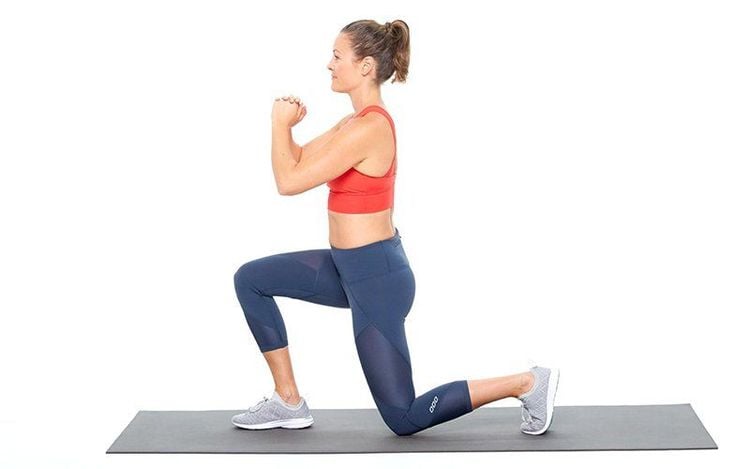
Bài tập lunge có thể kết hợp với tạ hoặc thanh xà đơn để tăng thêm hiệu quả
2.3. The hips tend to be very tight very easily. So it's important to keep the hips moving and stretch them often to avoid any reduced range of motion of the hip joint.
The equipment needed for the exercise is a hip trainer and the working muscle groups are the hips and buttocks. You sit down on the machine facing the stack of dumbbells and choose an appropriate weight. Place your feet on the top of the footrest. Lift the lever and push with your knees. While performing this exercise do not lean your back against the backrest. You have to push forward until your butt is almost out of the chair. The sitting position when practicing is sitting with your back straight. As you exhale, combine pushing your knees out with keeping your butt as wide as possible and hold this position for 2 counts. Your upper body should be stationary throughout the exercise. Only the butt and the machine can be moved. As you inhale, bring your knees back to the starting position. Take care not to let the dumbbells fall back to the lowest point. You should do 15 reps with 3 to 4 beats.
2.4. Side Band Walk This exercise is similar to the hip exercise. But instead of using weight and holding, you'll work with resistance to keep you moving. This band walking will help build mobility and strength in your hips, glutes, and inner thighs. The equipment needed is a resistance band and the working muscle groups are the glutes, abs, and calves. four heads.
First, get a side strip of the appropriate thickness. Grasp the waist-high band and step on it so it sits below the arch of your shoe. Stand with feet shoulder-width apart with knees slightly bent. Hold the stretch band with your hand. Distribute your weight evenly in your heels. Continue breathing and take a big step to the right. Land with your right foot flat on the floor. Make sure you lift your leg up, not pull it on the floor. Hold this wide pose for 1 count and do the same with the left leg.

Bài tập đi bộ theo dải bên giúp săn chắc và củng cố nhóm cơ bụng, cơ mông, cơ tứ đầu
2.5. Leg Presses This exercise tests overall strength in the legs as it relates to pressing power and control. The equipment required is a leg press, and the muscle groups working are the quadriceps, calves, hamstrings, and glutes.
You start by sitting down in a heel press on the platform. They should be shoulder-width apart with both feet in a row. Both knees should be slightly bent and in line with your ankles. Be careful not to lock your knees while doing this exercise and focus on your body and relax your upper body. Do not arch your back while exercising as it will put unwanted pressure on your lower back. Do the exercise 12 reps for up to 3 to 4 beats.
Strengthening the lower body improves balance, agility and can even prevent fractures. As you get older, it's inevitable that you won't be as strong as you used to be. But incorporating strength training two to three times a week while staying active can improve muscle growth and mobility. This will keep you strong at any age.
Please dial HOTLINE for more information or register for an appointment HERE. Download MyVinmec app to make appointments faster and to manage your bookings easily.
Reference sources: webmd.com, healthline.com



